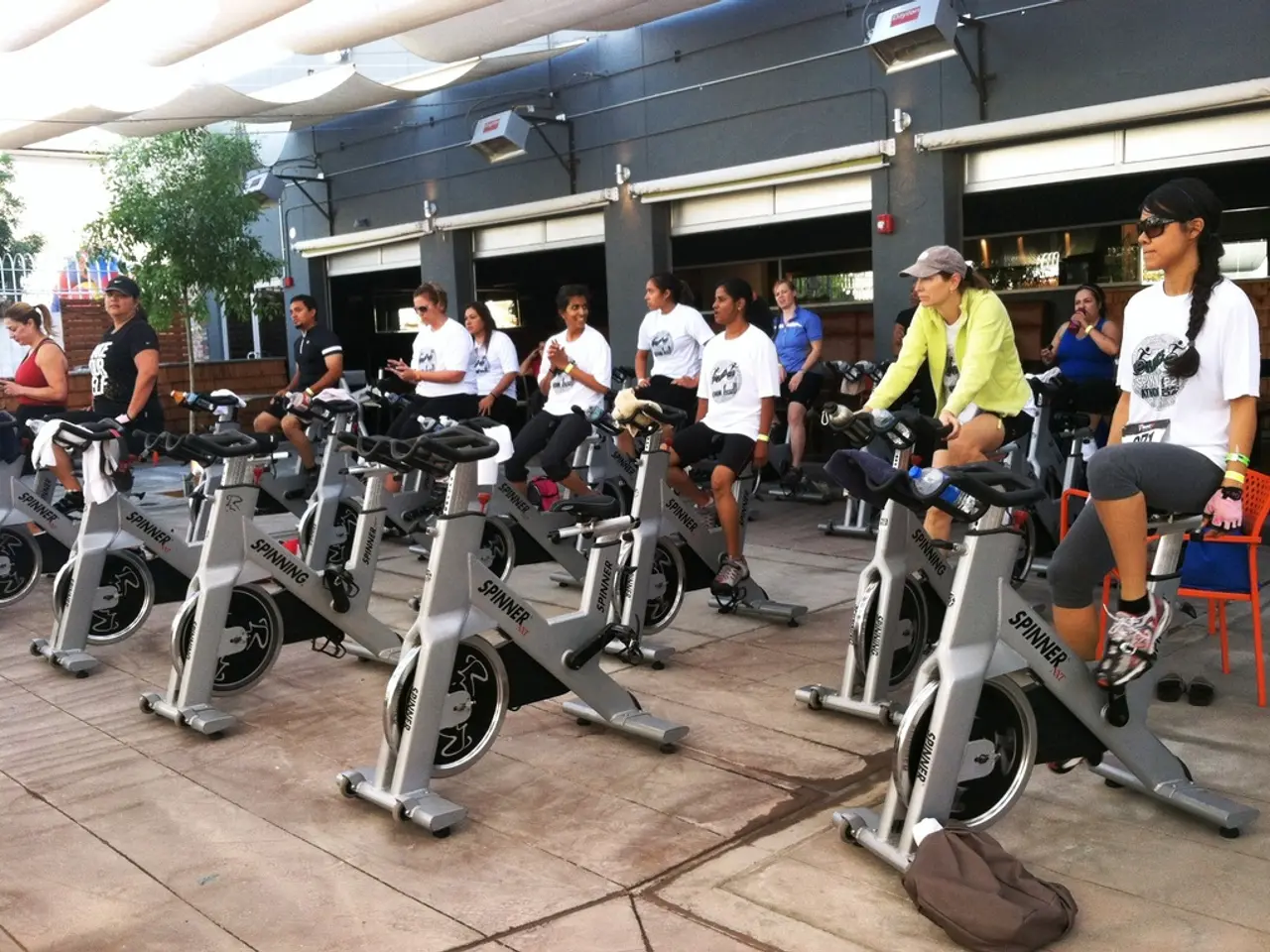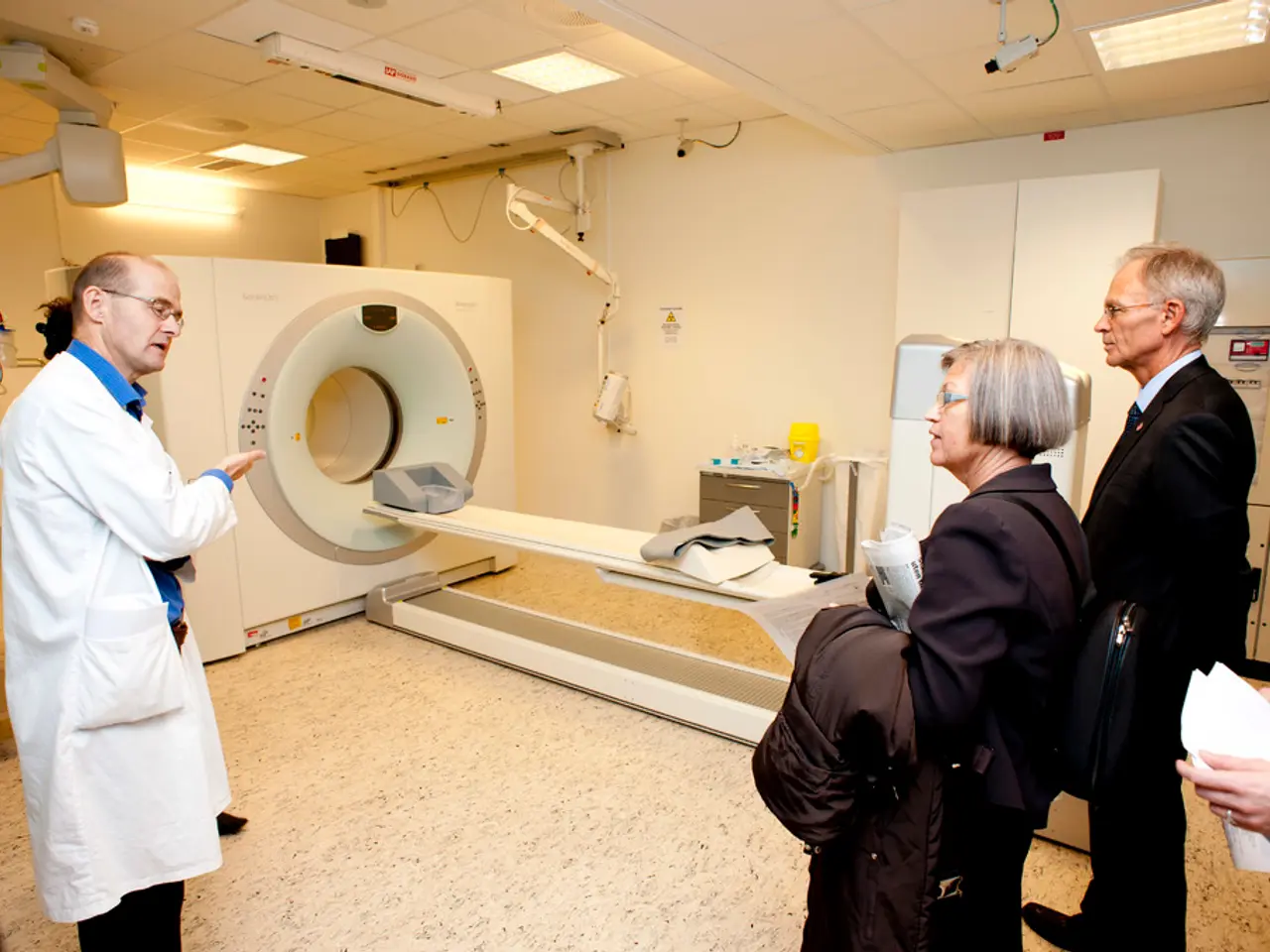Strategies for Maintaining Strength Rather Than Becoming Frail in Old Age
### Strategies to Prevent and Reverse Frailty in Older Adults
Frailty, a syndrome affecting older adults, is characterised by reduced physiological reserves and increased vulnerability to stressors. Recent research indicates that this condition can be delayed, prevented, and even reversed through targeted lifestyle interventions.
#### Key Interventions
**Increased Physical Activity and Reduced Sedentary Time**
The World Health Organization (WHO) recommends that older adults engage in at least 150-300 minutes of moderate-intensity or 75-150 minutes of vigorous-intensity aerobic activity per week, along with balance and strength exercises. Progressive resistance training, such as weightlifting or resistance band exercises, is particularly effective in combating age-related muscle loss and improving muscle mass, strength, balance, and physical function [2].
Incorporating exercises that improve balance and flexibility can reduce the risk of falls and enhance mobility [1][2]. Group exercise and remotely supervised programs, like those offered via apps, websites, or videoconferencing, have shown to improve adherence, functional capacity, and quality of life, while also reducing fall rates [4].
Reducing prolonged sitting and encouraging frequent movement throughout the day is crucial, as sedentary lifestyles are directly linked to increased frailty, functional limitations, and morbidity [4].
**Avoiding Unintentional Weight Loss**
Ensuring sufficient protein intake (1-1.2 g/kg body weight/day) is essential to preserve muscle mass, especially when combined with resistance training [2]. A focus on healthy eating, good hydration, and smoking/alcohol cessation also supports physiological resilience [1]. Regular weight monitoring helps detect early signs of malnutrition or muscle loss, allowing timely intervention.
**Multidimensional Support**
Maintaining hobbies, roles, and routines supports mental well-being and motivation to stay active [1]. Social participation, including group exercise, can also reduce loneliness and improve mood [4].
Reducing inappropriate medications that may contribute to frailty or increase fall risk is recommended [3]. Interventions that simultaneously target bone, muscle, cardiovascular, and cognitive health are more likely to promote overall resilience than those focusing on a single system [3].
#### Practical Framework: The “LOSE BINGO” Mnemonic
A practical framework for frailty prevention and reversal emphasizes:
- **L**ifestyle interventions: Healthy eating, exercise, sleep, hydration, and avoiding harmful substances [1]. - **O**ccupational engagement: Maintaining purpose through hobbies and social roles [1]. - **S**trength and stamina: Structured exercise programs to build muscle and endurance [1]. - **E**arly identification: Routine frailty screening to enable timely intervention [1].
#### Summary Table: Evidence-Based Interventions
| Intervention | Key Benefit | Evidence Level | |-----------------------------|----------------------------------------------|------------------| | Aerobic & resistance exercise| Improves muscle mass, strength, balance | Strong [2][4] | | Balance & flexibility training| Reduces fall risk, enhances mobility | Strong [1][2] | | Protein-rich diet | Preserves muscle, supports recovery | Strong [2] | | Reduced sedentary time | Lowers frailty, functional decline | Moderate [4] | | Social & cognitive engagement| Boosts mental health, adherence | Moderate [1][4] | | Early frailty screening | Enables proactive, tailored care | Expert opinion [1]|
#### Conclusion
Preventing and reversing frailty in older adults requires a holistic, proactive approach that combines regular physical activity (especially strength and balance training), reduced sedentary time, adequate nutrition to avoid muscle loss, and psychosocial support. Early identification and individualized interventions are critical to maximizing independence and quality of life in aging populations [1][2][4].
- Adequate nutrition, particularly a protein-rich diet, can help preserve muscle mass, as suggested by strong evidence from research [2].
- Engaging in educational activities or maintaining social roles can boost mental health and improve adherence to physical activity routines, with moderate evidence supporting these benefits [1][4].
- Implementing targeted interventions, such as increased physical activity combined with reduced sedentary time, fitness and exercise, and age-appropriate health-and-wellness practices can help prevent and reverse frailty in older adults, according to strong evidence [2][4].




